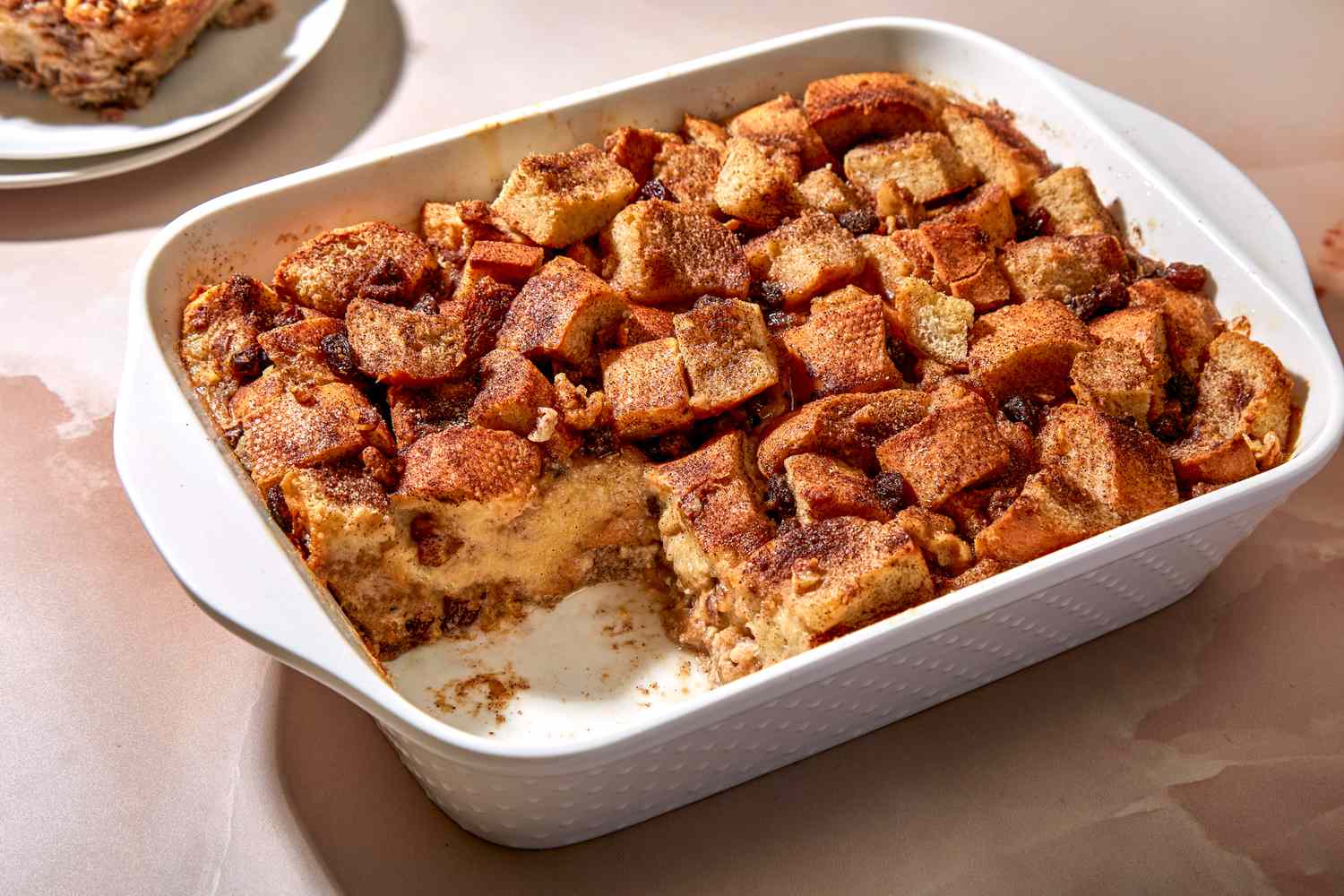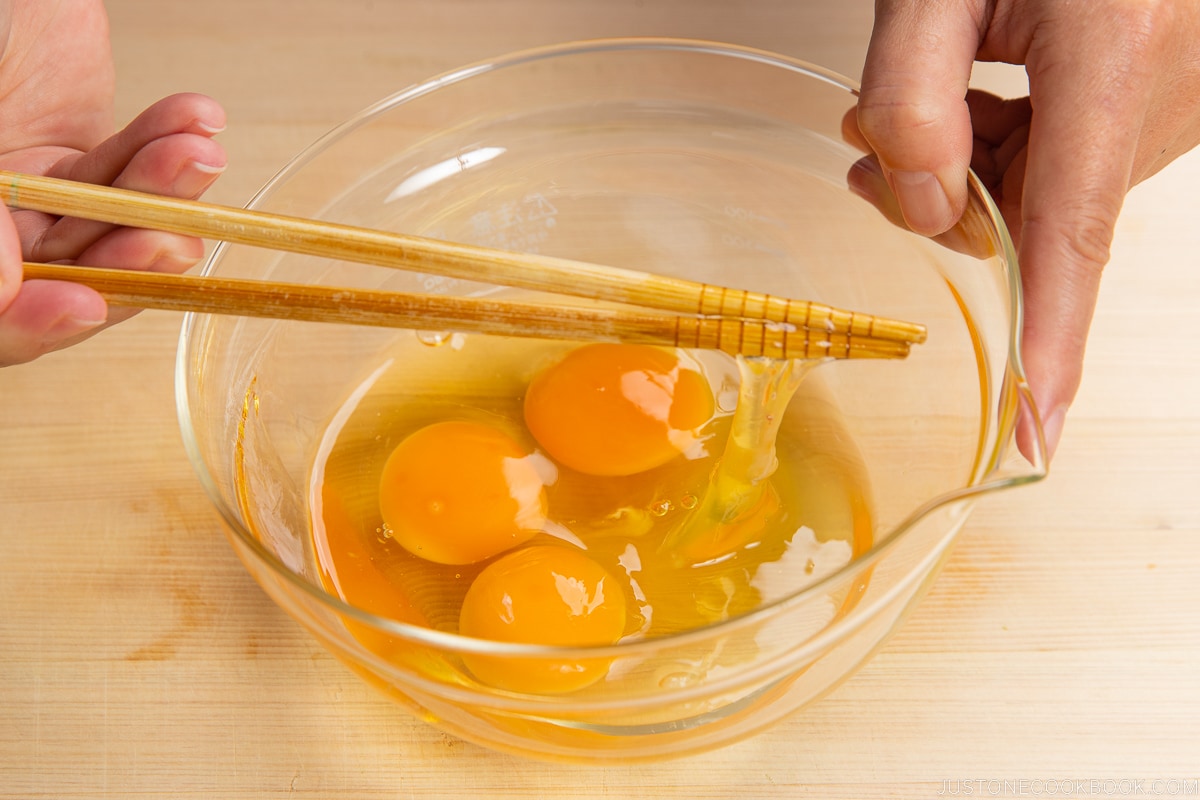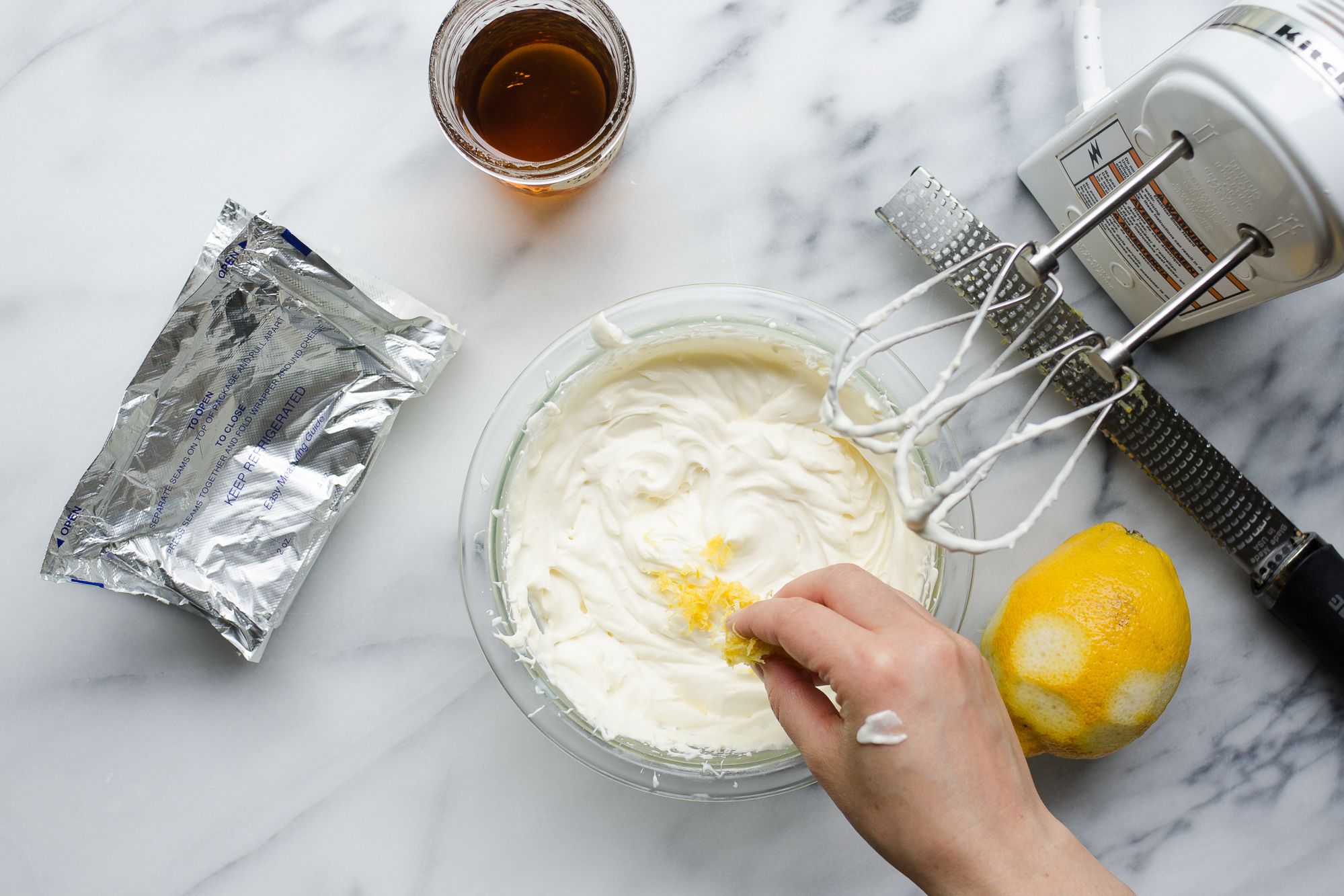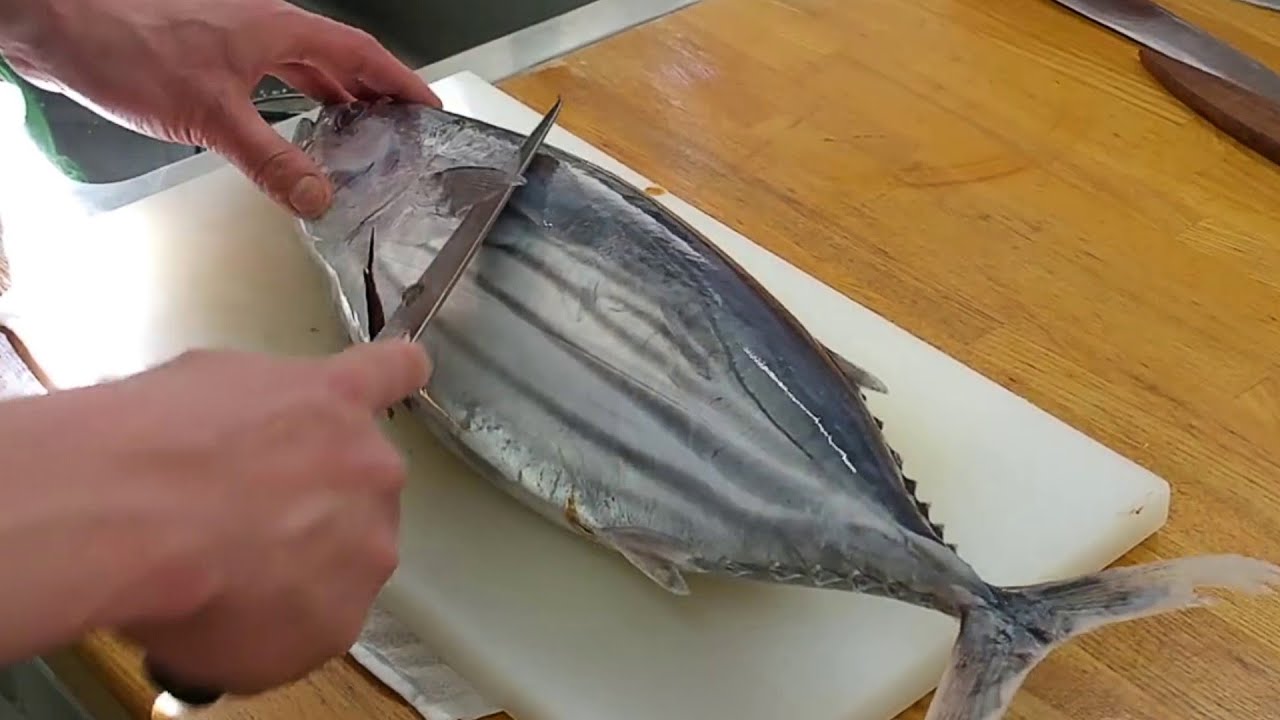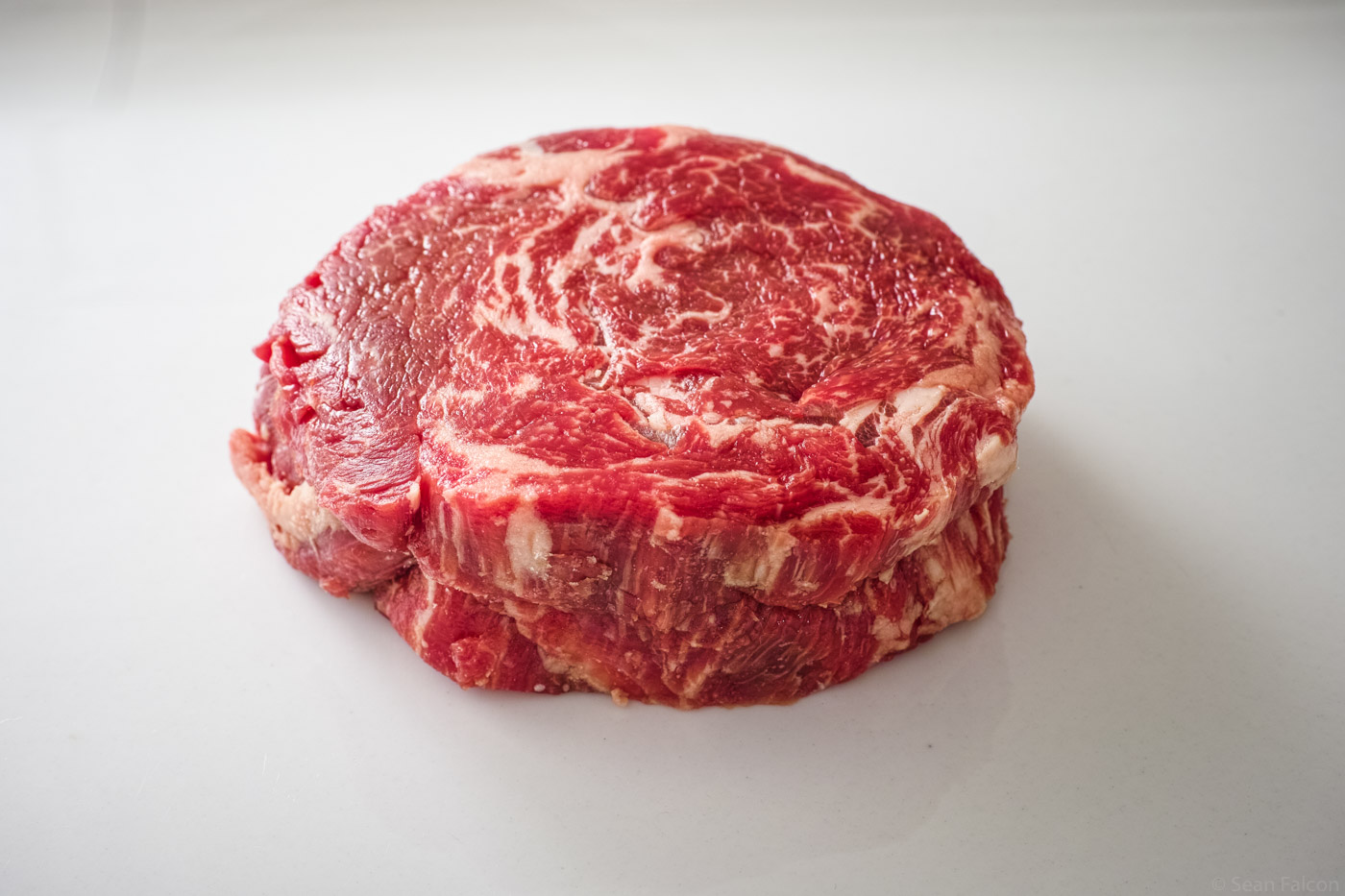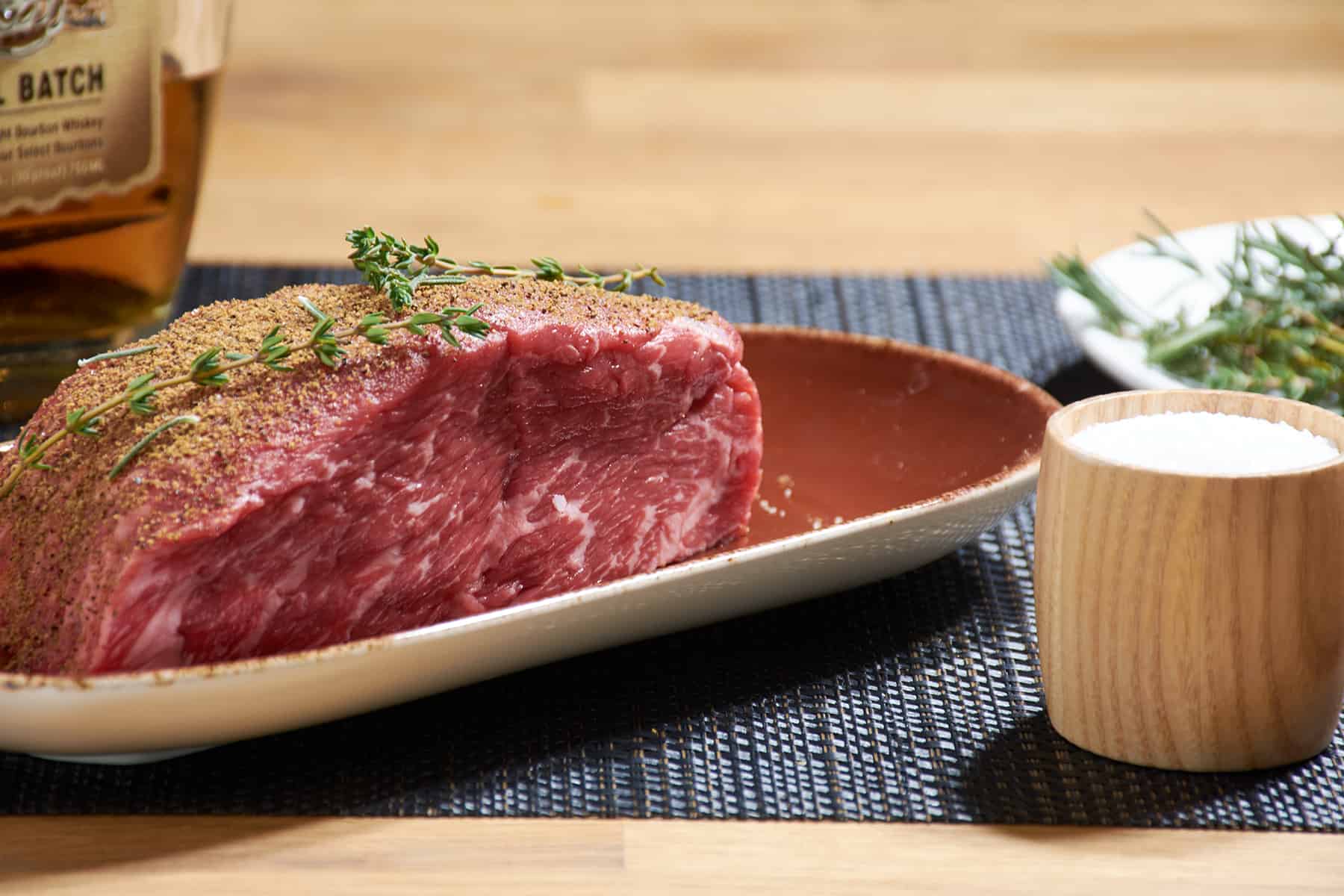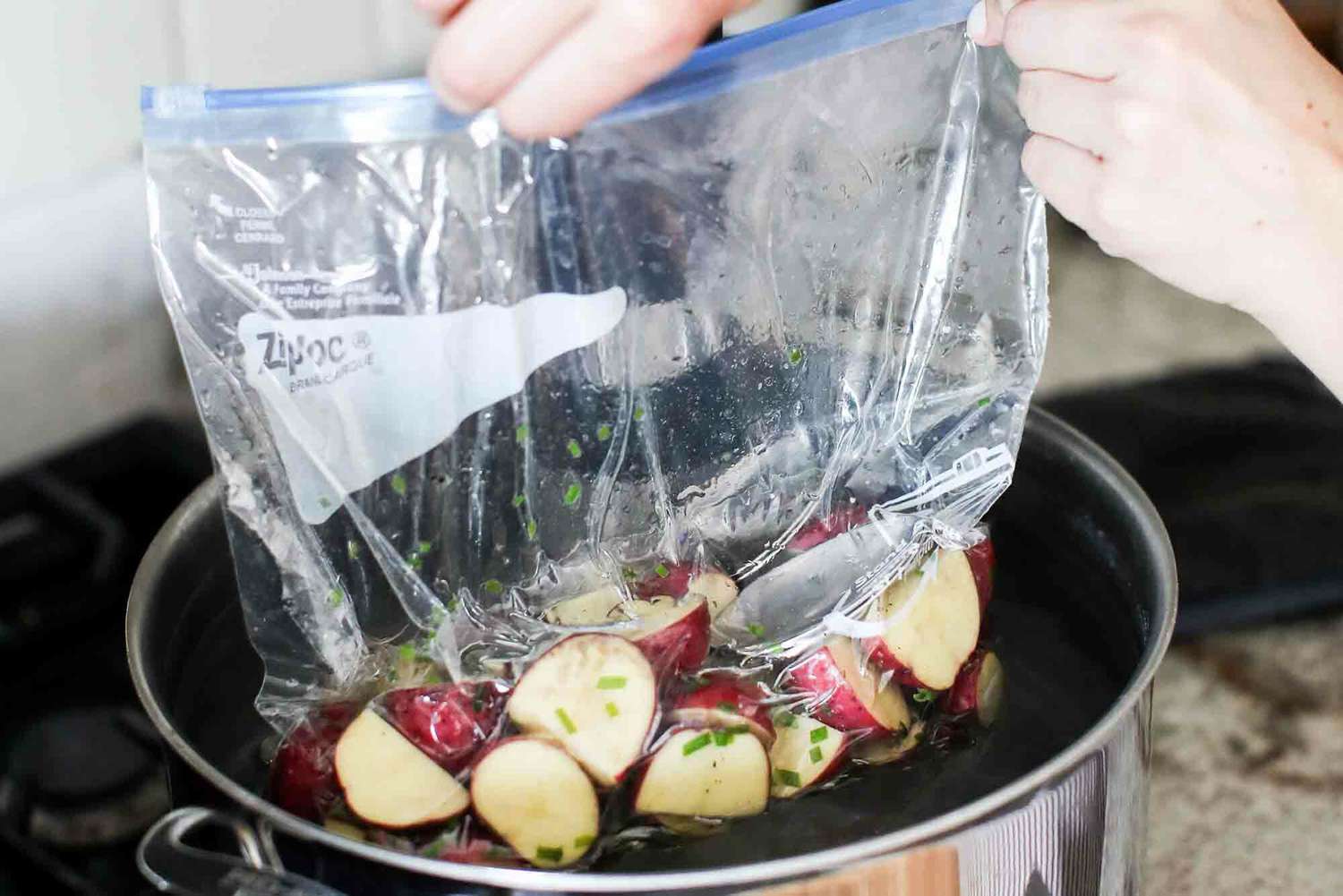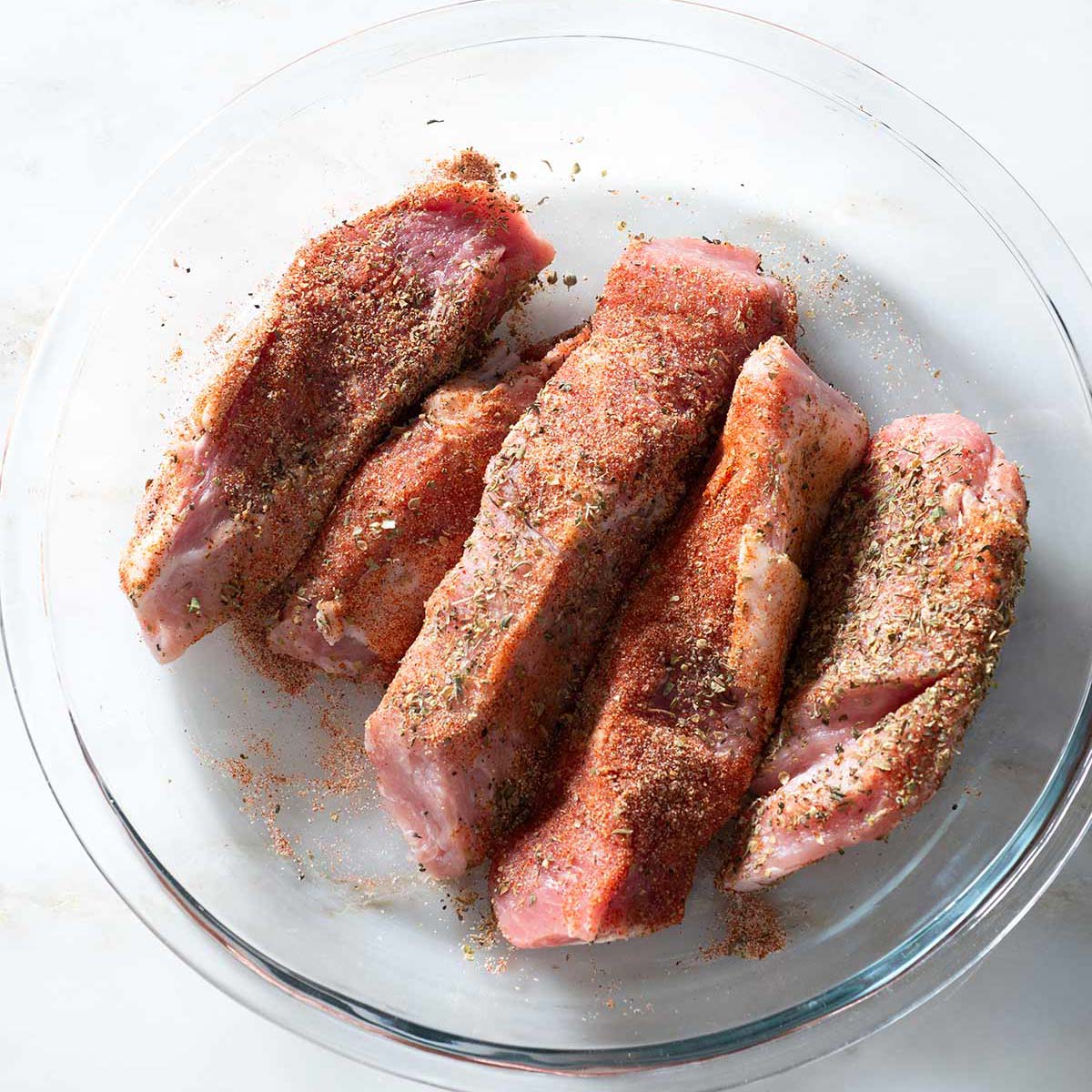Mastering the Art of Tempering Eggs for Carbonara
Welcome to the wonderful world of Italian cuisine! If you’re a fan of creamy pasta dishes, you’ve probably heard of the classic Roman dish, Carbonara. One of the key steps in making an authentic Carbonara is tempering the eggs to create a luscious, velvety sauce. In this guide, we’ll walk you through the process of tempering eggs for Carbonara, so you can recreate this beloved dish in your own kitchen.
What Does “Tempering Eggs” Mean?
Tempering eggs involves slowly raising the temperature of the eggs without cooking them, which is crucial for incorporating them into a hot dish without ending up with scrambled eggs. In the case of Carbonara, tempering the eggs allows you to create a smooth, creamy sauce that coats the pasta beautifully.
Step-by-Step Guide to Tempering Eggs for Carbonara
Now, let’s dive into the nitty-gritty of how to temper eggs for Carbonara:
- Prepare the Egg Mixture: In a bowl, whisk together the eggs, grated Parmesan cheese, and freshly ground black pepper. This forms the base of the Carbonara sauce.
- Cook the Pasta: While the pasta is cooking, it’s time to prepare the egg mixture for tempering.
- Gradually Add the Pasta Water: Once the pasta is cooked, reserve a cup of the starchy pasta water. This water will help in tempering the eggs. Slowly add a small amount of the hot pasta water to the egg mixture while whisking continuously. This gradual addition of hot liquid raises the temperature of the eggs gently.
- Continue Whisking: It’s important to whisk the egg mixture vigorously as you add the hot pasta water. This helps to prevent the eggs from scrambling and ensures a smooth, creamy texture.
- Combine with the Pasta: Once the egg mixture is tempered, add it to the hot, drained pasta. Toss the pasta quickly and thoroughly to coat it with the creamy Carbonara sauce.
- Finish with Extra Cheese and Pepper: For the final touch, sprinkle additional Parmesan cheese and black pepper over the Carbonara before serving. This adds a burst of flavor and a touch of elegance to the dish.
Top Tips for Perfectly Tempered Eggs
Here are some additional tips to ensure your eggs are tempered flawlessly for a delectable Carbonara:
- Use Fresh, Organic Eggs: Fresh eggs with vibrant yolks are essential for a rich and creamy Carbonara sauce.
- Whisk Continuously: Whether you’re adding the hot pasta water or combining the egg mixture with the pasta, constant whisking is key to achieving a silky smooth texture.
- Adjust the Consistency: If the sauce seems too thick, you can add a little more pasta water to achieve the desired consistency. Conversely, if it’s too thin, a bit more grated Parmesan can help thicken it up.
- Serve Immediately: Carbonara is best enjoyed right after it’s prepared, so be sure to serve it promptly to savor the creamy, indulgent flavors at their peak.
Practice Makes Perfect
Tempering eggs for Carbonara may seem daunting at first, but with a bit of practice and attention to detail, you’ll soon master this essential technique. The reward? A sumptuous, restaurant-quality Carbonara that’s sure to impress your family and friends. So, roll up your sleeves, gather your ingredients, and embark on a culinary adventure as you perfect the art of tempering eggs for Carbonara!
Happy cooking!
For those eager to hone their egg tempering skills, there are several recipes that showcase this technique beautifully. Start with Classic Spaghetti Carbonara, a timeless dish where the creamy egg sauce clings to the pasta. For a seafood twist, try Lobster Carbonara, combining luxurious lobster with perfectly tempered eggs. Carbonara Stuffed Shells offers a comforting, cheesy option that's perfect for family dinners. If you're looking for a unique breakfast dish, Bacon and Egg Breakfast Pasta brings morning flavors to the dinner table. Finally, Carbonara Quiche merges the classic carbonara flavors with a brunch favorite, making it a versatile choice for any meal.


